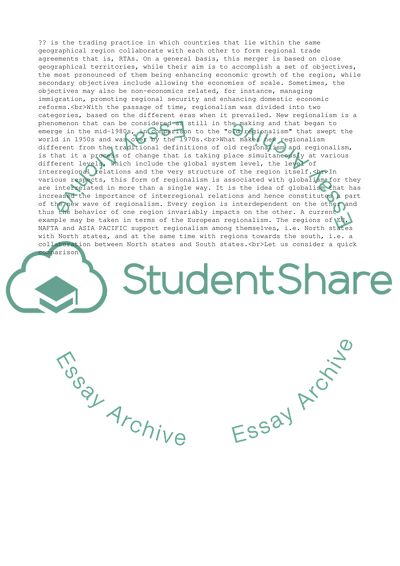Cite this document
(New Regionalism Essay Example | Topics and Well Written Essays - 1500 words, n.d.)
New Regionalism Essay Example | Topics and Well Written Essays - 1500 words. https://studentshare.org/management/1780055-what-do-you-understand-by-the-new-regionalism-discuss-whether-the-effects-of-this-are-positive-or-negative-in-economic-efficiency-terms-for-the-global-economy
New Regionalism Essay Example | Topics and Well Written Essays - 1500 words. https://studentshare.org/management/1780055-what-do-you-understand-by-the-new-regionalism-discuss-whether-the-effects-of-this-are-positive-or-negative-in-economic-efficiency-terms-for-the-global-economy
(New Regionalism Essay Example | Topics and Well Written Essays - 1500 Words)
New Regionalism Essay Example | Topics and Well Written Essays - 1500 Words. https://studentshare.org/management/1780055-what-do-you-understand-by-the-new-regionalism-discuss-whether-the-effects-of-this-are-positive-or-negative-in-economic-efficiency-terms-for-the-global-economy.
New Regionalism Essay Example | Topics and Well Written Essays - 1500 Words. https://studentshare.org/management/1780055-what-do-you-understand-by-the-new-regionalism-discuss-whether-the-effects-of-this-are-positive-or-negative-in-economic-efficiency-terms-for-the-global-economy.
“New Regionalism Essay Example | Topics and Well Written Essays - 1500 Words”. https://studentshare.org/management/1780055-what-do-you-understand-by-the-new-regionalism-discuss-whether-the-effects-of-this-are-positive-or-negative-in-economic-efficiency-terms-for-the-global-economy.


